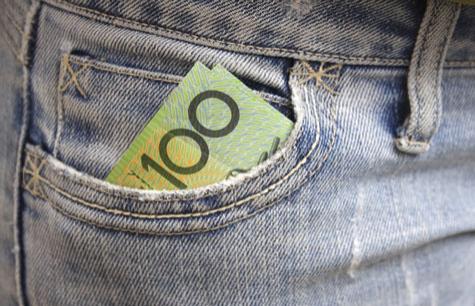Australia is now in the top five highest-spending nations in the world when it comes to healthcare, with almost 20% of total health costs now being paid on top of tax and private insurance.
The Consumer Health Forum (CHF) of Australia says a typical Australian family is spending $500 a year on doctors' bills to meet the gaps left by Medicare, and are then shelling out a further $1,200 a year on over-the-counter medicines not covered by the PBS.
CHF CEO Carol Bennett said the costs are high because the Australian health system enables additional costs to be applied to almost every treatment.
"Every time you see a GP or a medical specialist, fill a script, have a medical test, go to the dentist, there's another payment," she said.
"And for people who have chronic conditions, those payments can be tens of thousands of dollars for treatments they have to have, like surgery on a private basis."
Australians now pay double the amount in out-of-pocket costs of people in the UK or France, Ms Bennett says, and a two-tiered health system has developed.
"We have a system in which if you can afford to pay, you'll get good access to healthcare; if you can't, you'll probably miss out.
"And that's the reality for many people who are having to make difficult choices about whether they access healthcare or not."
Ms Bennett says thousands of Australians are now using superannuation funds to cover medical gaps, and says costs will keep climbing unless major parties develop real funding reform in the health system.
"We've had the Medicare system for 40-odd years - it no longer works for Australian consumers, and people are finding it too difficult to be able to afford the cost of healthcare in this country," Ms Bennett said.








 Agree (0)
Agree (0) Disagree (
Disagree (











__small.png)










